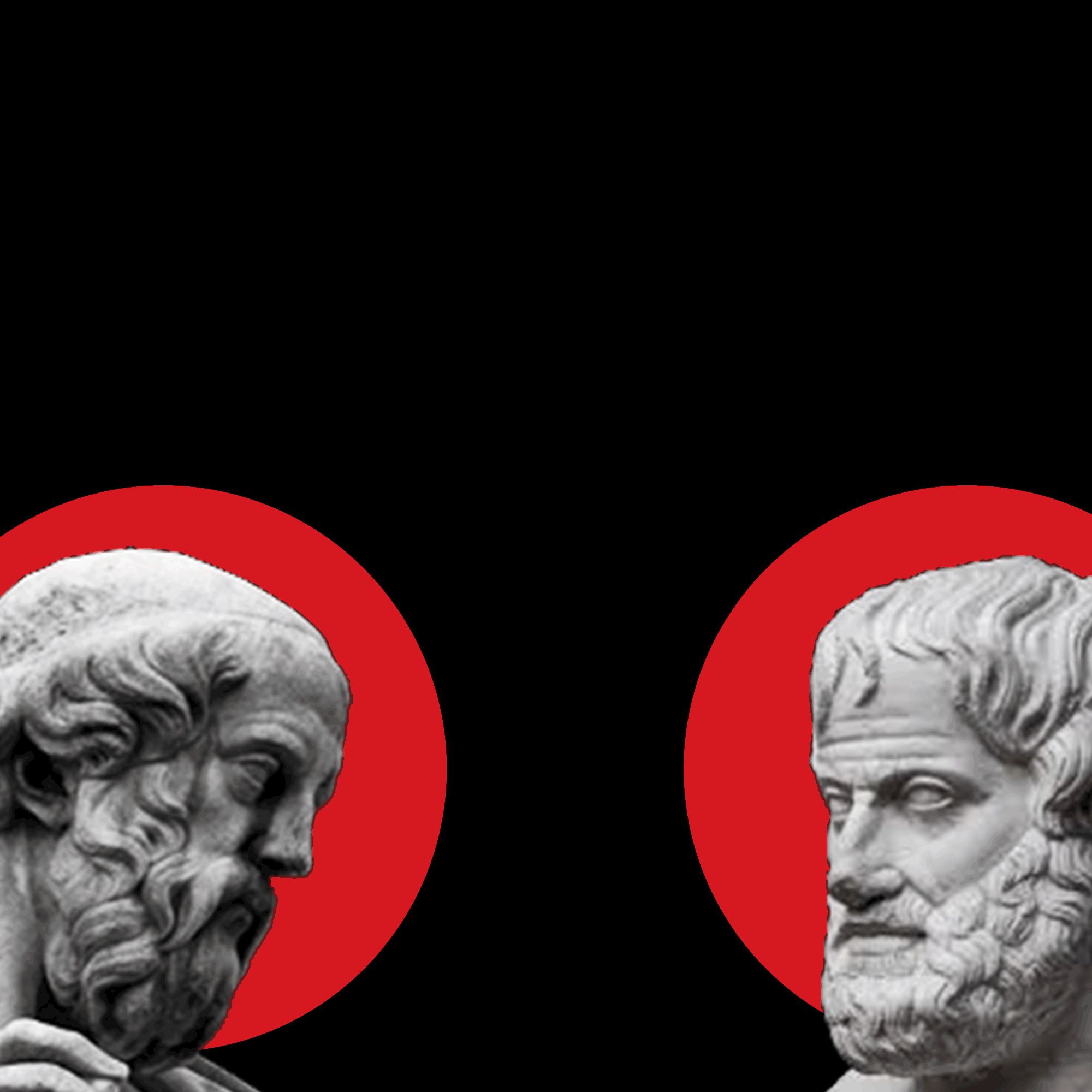What kind of freedom?
The following four articles relate to panopticons, the many few seeing the many. The few act as wardens overlooking the many which are the prisoners under surveillance. Classic ‘eavesdropping’ techniques are usually hacking, bugging, and wiretapping. However, there are more sophisticated methods that have been researched and also implemented in urban planning. Cities are increasingly implementing technologies such as sensors, CCTV cameras, and smart street lights that can track pedestrian movement, gunshots sounds, license plates, etc. The second article from the 21st Century Wire discusses interesting techniques to defeat facial recognition type software such as facial contouring. Becoming invisible in a surveillance state can provide ingenious possibilities that should not be overlooked.
Some of the most inconspicuous things found in your home can be used as surveillance techniques. In 2014, researchers from MIT, Microsoft and, Adobe developed the ‘visual microphone’ technique that uses vibrations left on bags of chips or even a household plant to reconstruct speech and sound. The technique required a telescope to be focused on the given object to transcribe the sounds. ‘Lamphoning’ is a similar, but more recently developed, technique for long-distance eavesdropping. It similarly requires a telescope as well as an electro-optical sensor that is focused on a light bulb in a clear line of vision. The distant conversation that occurs in the vicinity of this light bulb creates minuscule vibrations on the glass surface that can be discerned and allow for the conversation to be ‘heard.’
CJA challenges the law in the name of art. Article 21 of the Federal Constitution of the Swiss Confederation protects the freedom of artistic expression. Additionally, article 16 (Cost.) guarantees the protection of the freedom of expression and opinion. We want to make sure this right is protected to maintain and elevate the status of artists in Switzerland and abroad. CJA recognizes the implications that developments in technology can have on political freedoms. In the third article we present below, it states that by 2030 Xi Jinping wants China to have AI supremacy by creating an all-seeing digital infrastructure. The goal is to be able to recognize potential political dissidents. This can shift the power balance between individuals and the state in China, as well as other nations that incorporate similar technologies. This digital panopticon is being tested in Xinjiang, a northwest territory in China. This territory has the largest internment camp of Muslim Uighurs who are an ethnic-religious minority. They are the most “intensely surveilled population on Earth” not just digitally but also due to relocation projects that allow them to be monitored. The intersection of technology, minority rights, power politics, and surveillance make this issue complex. The final article discusses how the pandemic has made the world appear to be militarized not only because of monitoring the masses but due to the summons for national unity, discipline, quarantine, etc. As the political narrative alters it is important to observe these changes and what consequences they have. The idea of freedom in the physical and digital world is changing and in need of disputing their frameworks for the protection of the individual. So, is 24/7 digital monitoring freedom?
1. Greenberg, A., (2020), ‘Spies Can Eavesdrop by Watching a Light Bub’s Vibration,’ Wired,
https://www.wired.com/story/lamphone-light-bulb-vibration-spying/
2. Leigh Hester, J., (2020), ‘The Surveillance State: How to Disappear,’ 21st Century Wire,
https://21stcenturywire.com/2020/07/14/the-surveillance-state-how-to-disappear/
3. Andersen, R., (2020),’The Panopticon Is Already Here,’ The Atlantic,
https://www.theatlantic.com/magazine/archive/2020/09/china-ai-surveillance/614197/
4. Robles, G., (2020), ‘What does authoritarianism mean in times of corona virus?,’ International Research Group on Authoritarianism and Counter-Strategies
https://www.irgac.org/2020/07/17/what-does-authoritarianism-mean-in-times-of-coronavirus/



